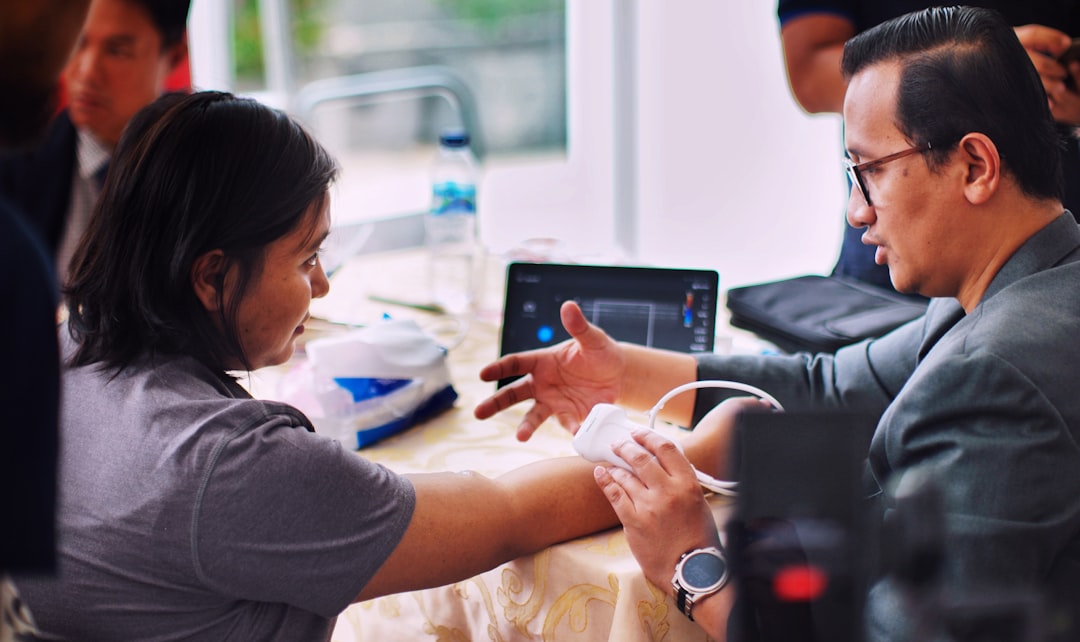What is it about?
This study sought to understand how a quiet moment after a sentence influences speech understanding as individuals may depend on this moment to repair listening mistakes. By hearing sentences that were either followed by silence or noise, we could measure how the moment after the sentence affects speech understanding. When noise was presented after the sentence, many individuals' speech understanding scores dropped suggesting that noise during the moment after the sentence may interfere with the ability to use sentence context. When the sentences were followed by silence, speech understanding scores were higher than for sentences followed by noise.
Featured Image

Photo by Samuel Dixon on Unsplash
Why is it important?
The context of a sentence helps individuals more quickly and accurately understand a sentence. Recent work has shown that sentence processing (including the use of context) continues beyond when the sentence is heard. This means that the time after the sentence may be important for some individuals as they may use that time to retroactively use context to fix any mistakes made when hearing the sentence. However, this study showed that if noise is heard after the sentence, some individuals understand the sentence with less accuracy. This is important because in the real-world we are not afforded extra time between sentences to make corrections. This is especially important for people with hearing loss who are more likely to make mistakes when understanding speech.
Perspectives
In audiology, we typically test speech understanding with single words or sentences, However, many of these tests do not reflect the challenges of listening during everyday conversation. While this test does not reflect all of these challenges, it does test another aspect of hearing that isn't addressed during normal clinical testing.
Steven Gianakas
University of Minnesota Twin Cities
Read the Original
This page is a summary of: Identifying Listeners Whose Speech Intelligibility Depends on a Quiet Extra Moment After a Sentence, Journal of Speech Language and Hearing Research, December 2022, American Speech-Language-Hearing Association (ASHA),
DOI: 10.1044/2022_jslhr-21-00622.
You can read the full text:
Contributors
The following have contributed to this page










